Earlier this year, a video from the Food Kingdom Youtube Channel went viral. It depicted, reportedly, the largest crab stick factory in the world, where over forty thousand tones of the product are made every year.
Despite the name, most crab sticks have very little crab in them and are instead, like a hotdog sausage or Mcdonald’s chicken nugget, formed from a particularly unappealing paste. The video made its way to Reddit, where netizens were, understandably, surprised to see just how the product was made. Many swore off eating it ever again, while others attempted to keep track of all the ingredients that went into it.
More info: Youtube
While it seems obvious, many people are still surprised to see the conditions processed foods are made in
Image credits: Food Kingdom
A video of how crab sticks are made upset many internet users
Image credits: Food Kingdom
Despite the name, most crab sticks contain zero crab meat
While this might not come as a shock to everyone, the vast majority of crab sticks are generally not made from actual crabs. Instead, immigration crab meat is formed mostly from starch and pulverized white fish leftovers. The red coloring is just that, red food dye. As the video depicts, fish products are mulched and pulverized until it looks like a deeply unappetizing construction material, then a variety of other ingredients are mixed before the “crab sticks” are laid out and formed into the item we might put in sushi rolls or salads. While it’s true that many items we eat are incredibly processed and contain a variety of ingredients we perhaps would not use in home cooking, crab sticks are probably one of the best illustrations of why it’s best to not know “how the sausage is made.”
Even if this video didn’t upset your stomach, there are still completely legitimate reasons to still avoid imitation crab meat, crab sticks, and surimi, as it’s sometimes called. The United States Department of Agriculture National Nutrient Database has found that in most cases, crab sticks are 76% water, 15% protein, 6.85% carbohydrates, and only 0.9% fats. Nutritionally, they are pretty much inferior to any “real” fish products out there.
Image credits: Food Kingdom
Image credits: Food Kingdom
Image credits: Food Kingdom
Image credits: Food Kingdom
Image credits: Food Kingdom
Image credits: Food Kingdom
Image credits: Food Kingdom
Image credits: Food Kingdom
Image credits: Food Kingdom
Image credits: Food Kingdom
Image credits: Food Kingdom
Image credits: Food Kingdom
Image credits: Food Kingdom
Image credits: Food Kingdom
Image credits: Food Kingdom
Image credits: Food Kingdom
Crab sticks, or surimi, are a modern solution to replace expensive seafood
Imitation crab meat, understandably, is a relatively recent invention, first patented and manufactured in 1974, in Hiroshima City. Later, the process was exported to the United States, where it was mass-produced and exported around the world. These days, in many nations, they can not be legally called crab sticks, since, you guessed it, there is no actual crab meat in the product.
The factory depicted in the video is located in Thailand, where crab sticks, surimi, and a variety of fish products are formed and shipped to over thirty countries worldwide. The Lucky Union Food Company, which owns the factory, also has operations in Poland, where it, reportedly, exports over twelve thousand tons of fish products a year in the European Union. While in Asia, surimi is often eaten as is, in the West, it’s generally used to “replace” a more expensive product like, obviously, crab, shrimp, and lobster. It also has a niche use in kosher cuisine, where shellfish is banned, so practicing jews might replace it with surimi products made from whitefish. Nevertheless, it seems that most people would have preferred to remain ignorant of how these products are actually made.
Commenters shared a variety of opinions, from outright shock to indifference
Still shocked... that people didn't know any of this, especially the "not crab" part.
lol what's so shocking, isn't it common knowledge? people these days are too easy to shock it seems 🙄
They are called fish sticks or seafood sticks in the UK. They can't be called crab sticks if they don't contain any crab.
Same here in Germany. They're just called Surimi, like the original Japanese name. And I honestly don't see the issue. It's mostly shredded fish. What did people think how the processing would look like?
Load More Replies...Still shocked... that people didn't know any of this, especially the "not crab" part.
lol what's so shocking, isn't it common knowledge? people these days are too easy to shock it seems 🙄
They are called fish sticks or seafood sticks in the UK. They can't be called crab sticks if they don't contain any crab.
Same here in Germany. They're just called Surimi, like the original Japanese name. And I honestly don't see the issue. It's mostly shredded fish. What did people think how the processing would look like?
Load More Replies...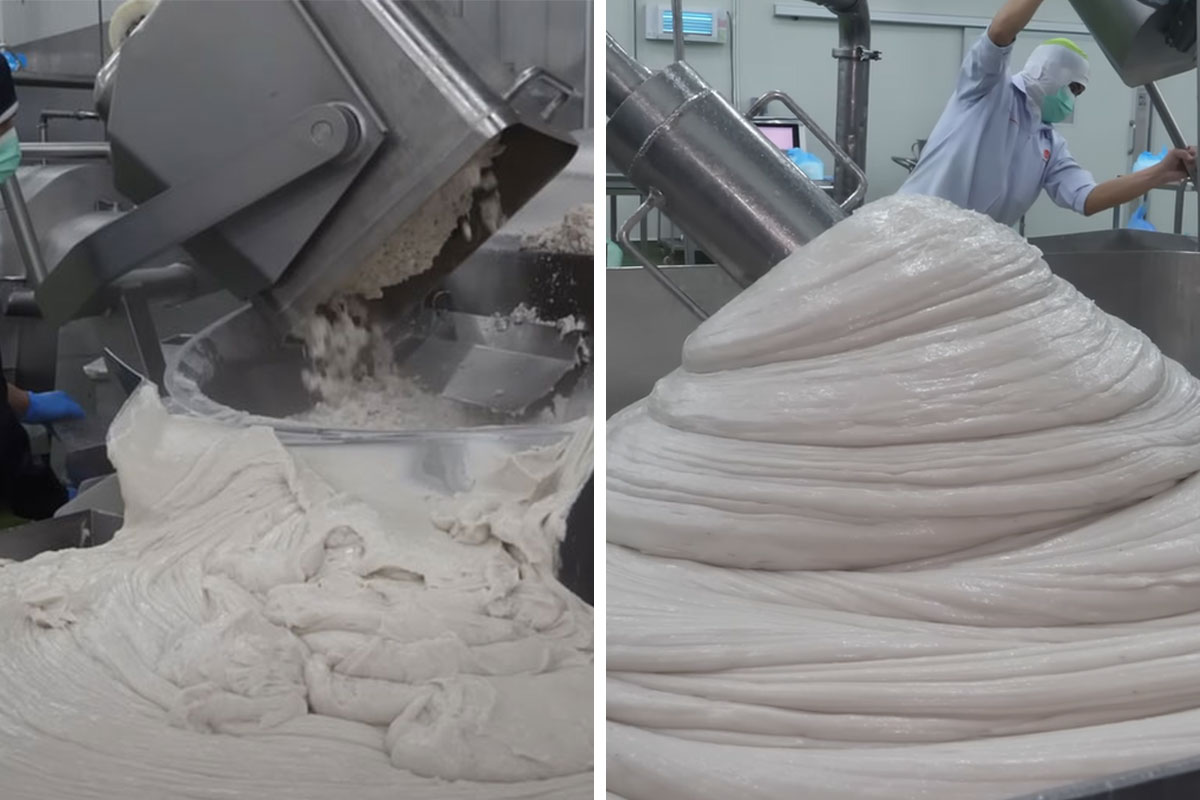
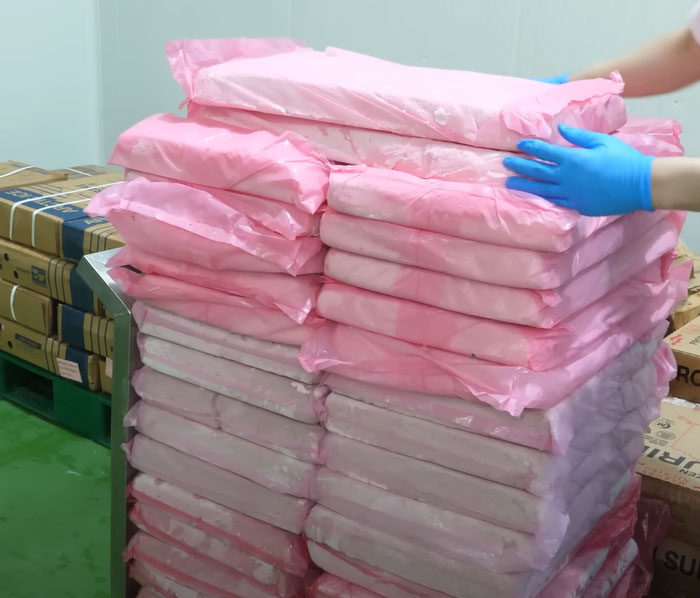
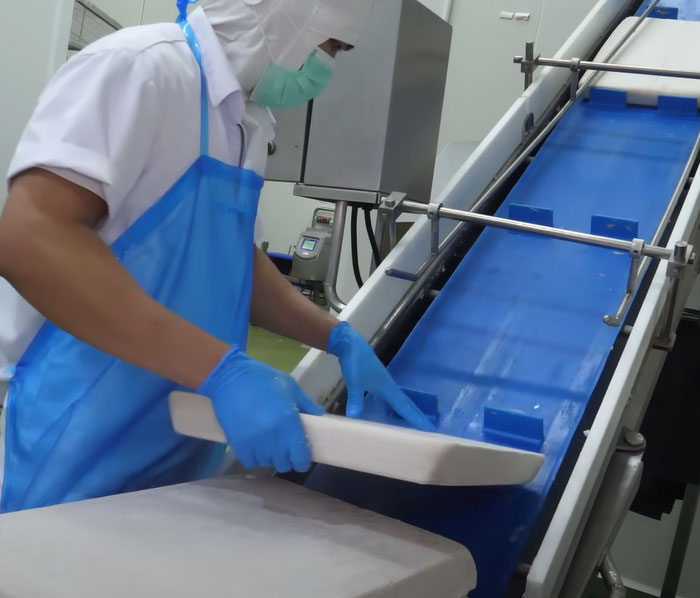
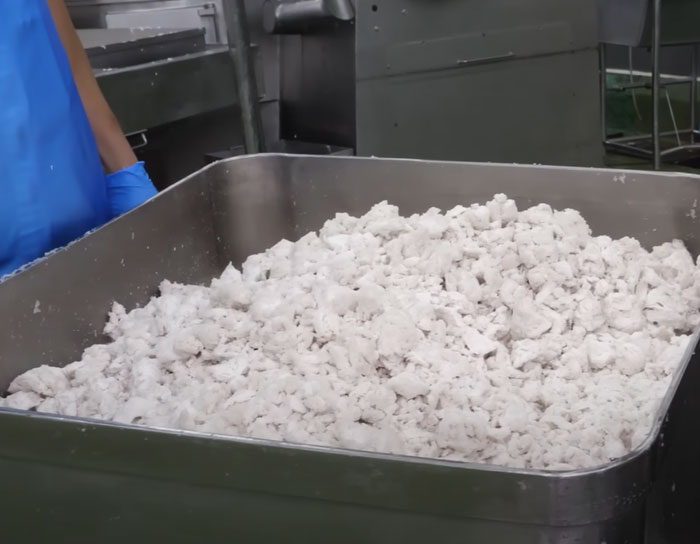
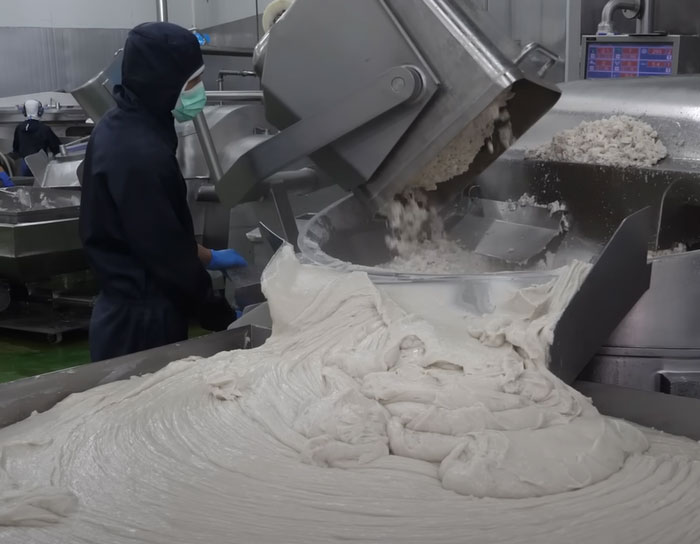
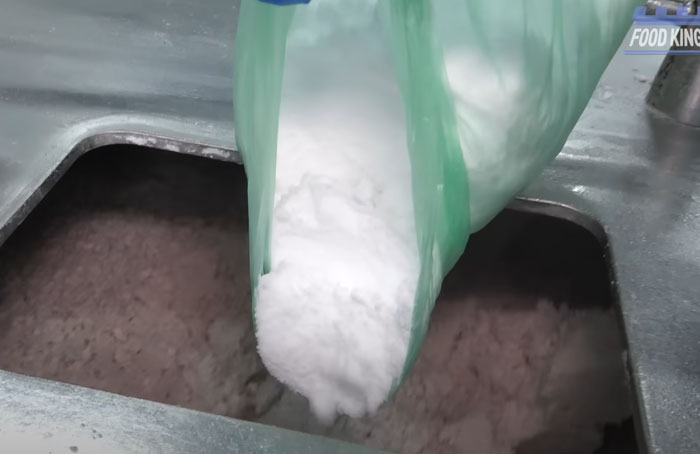
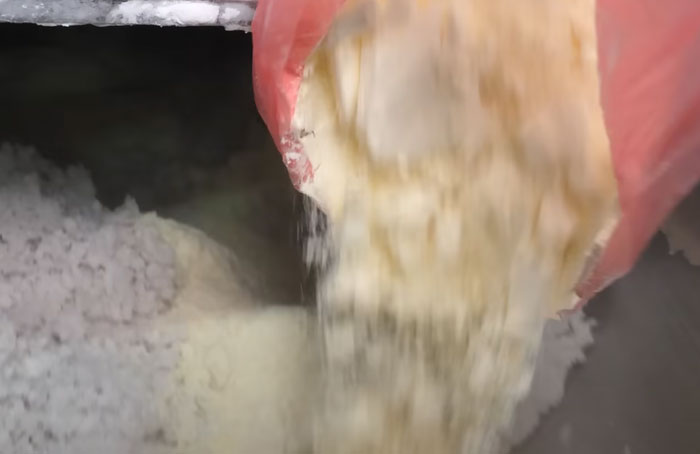
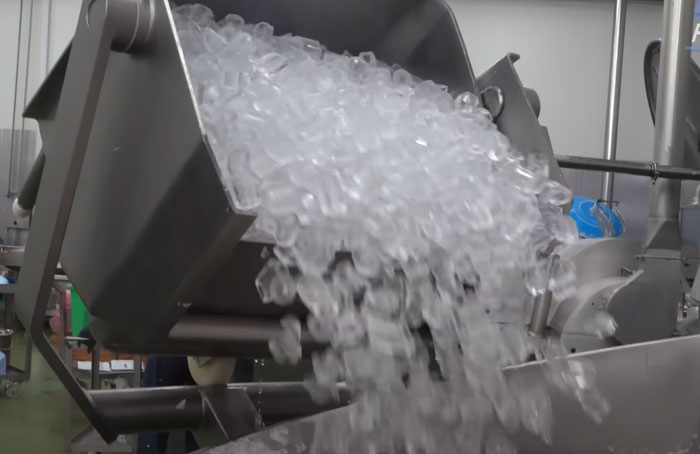
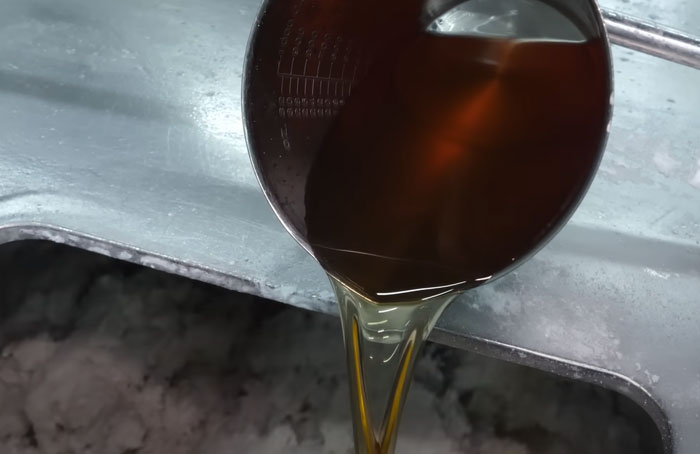
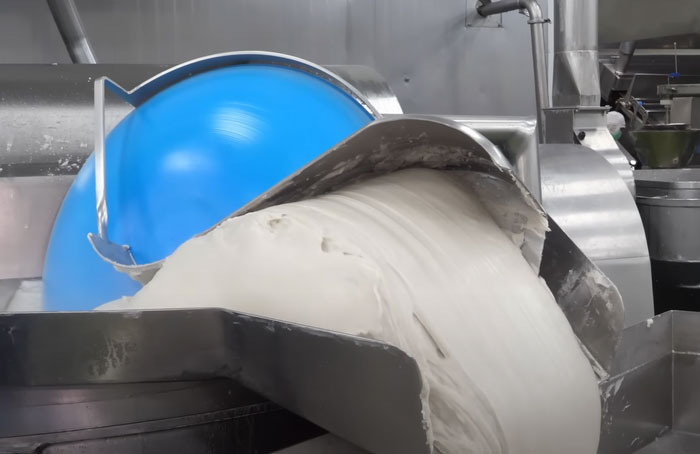
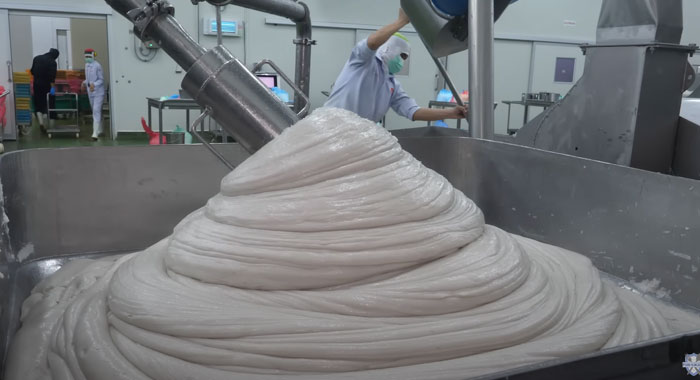
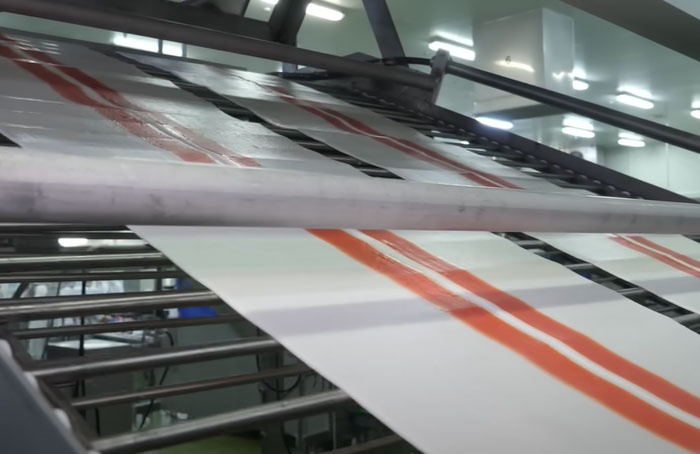
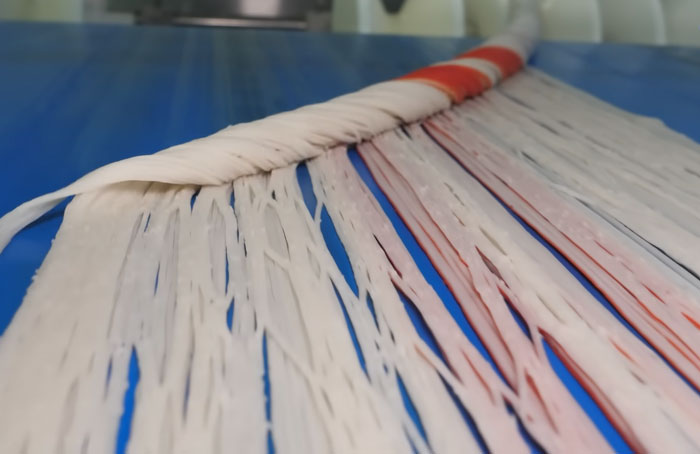
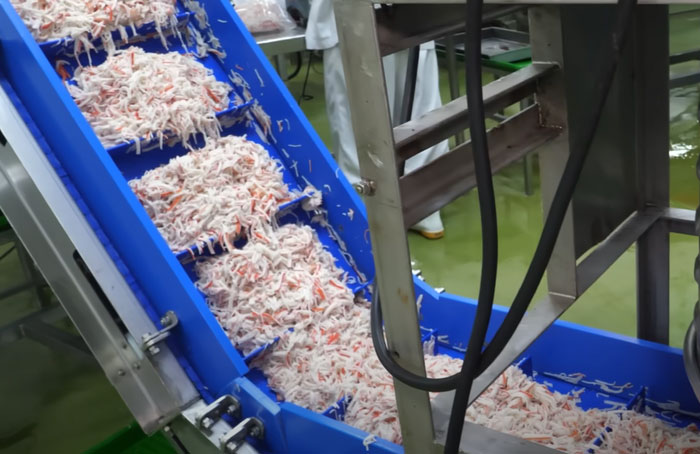
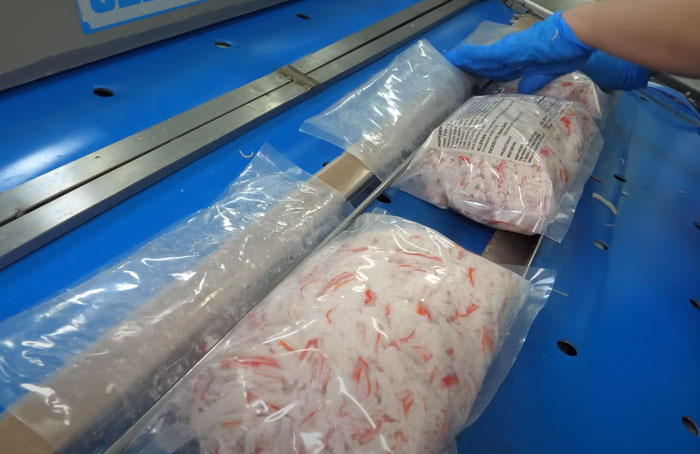
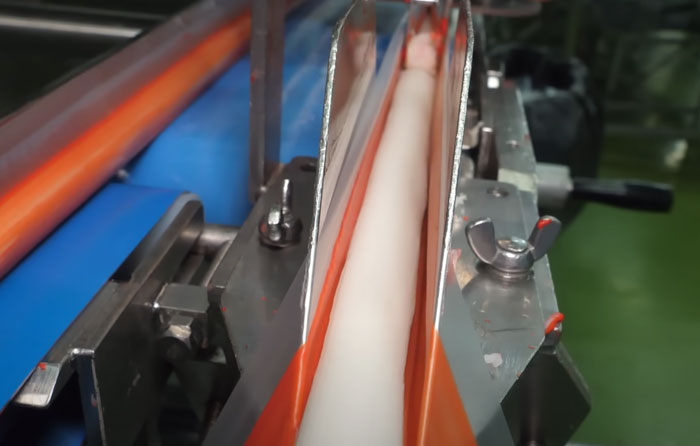
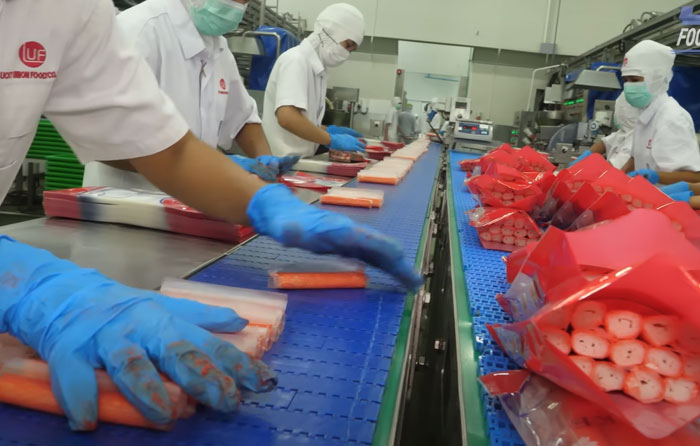

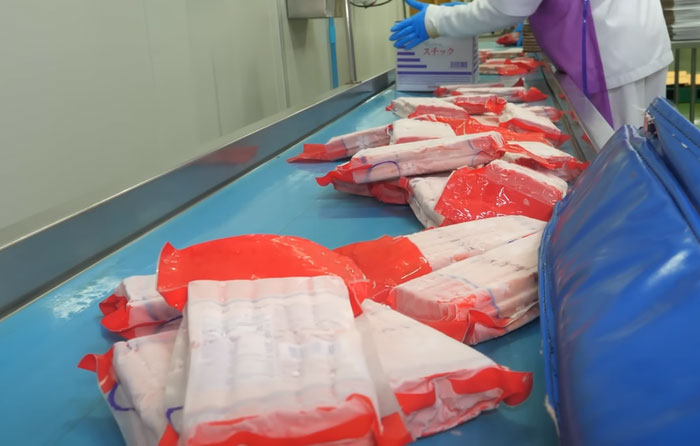





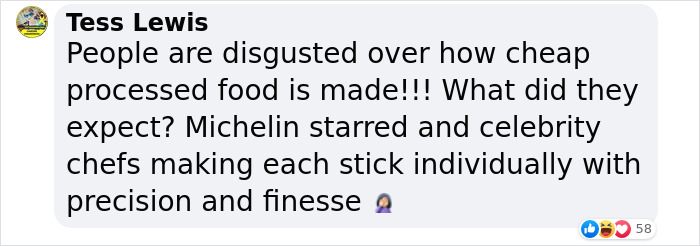



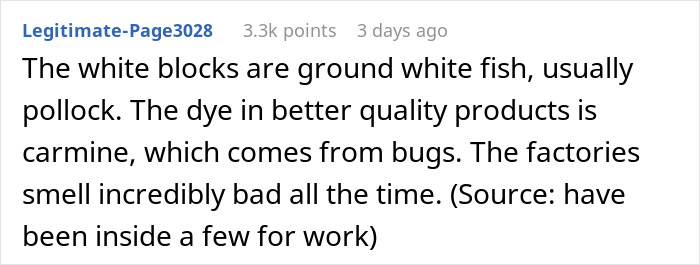






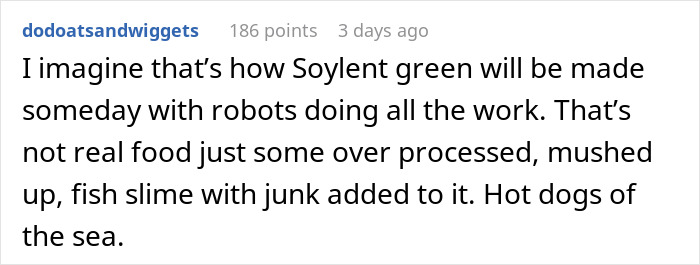








69
64